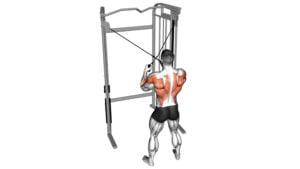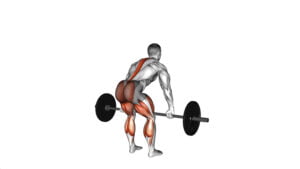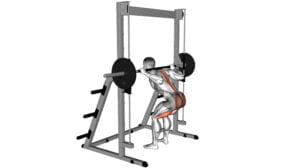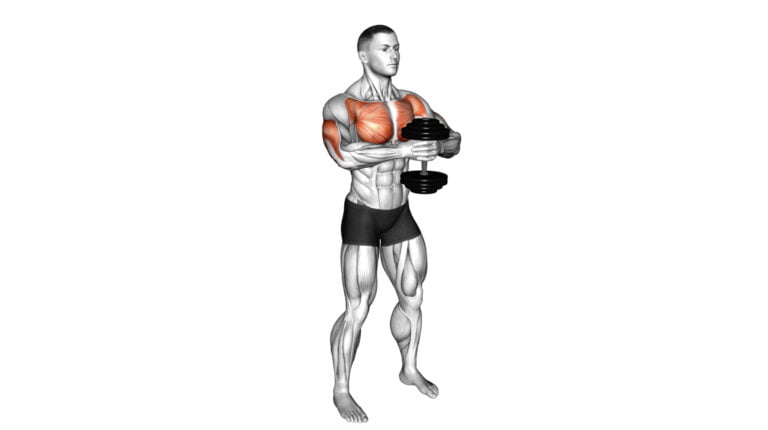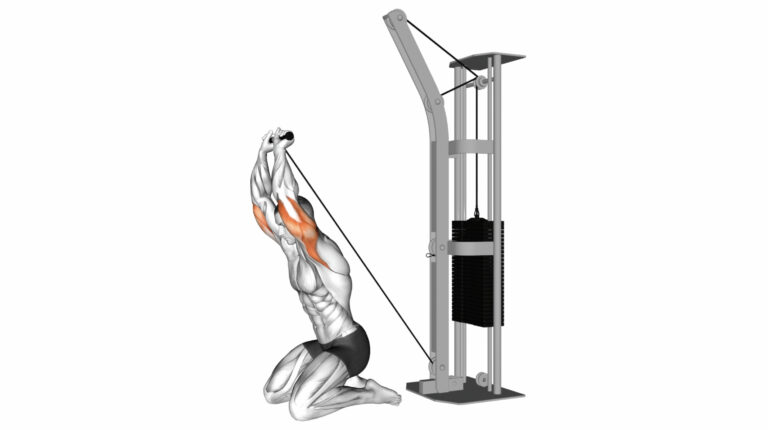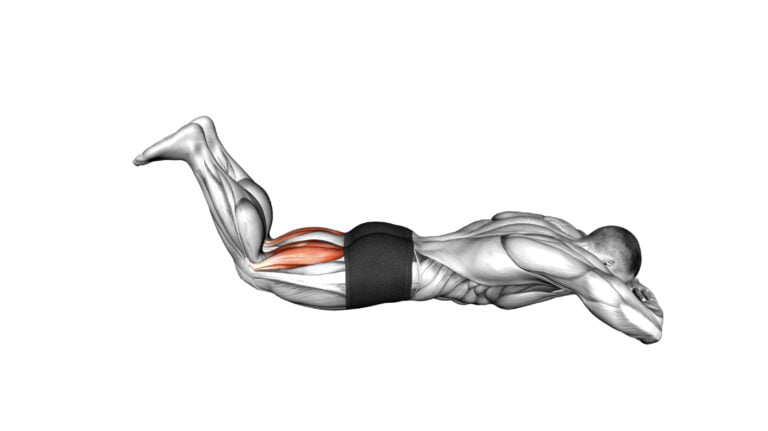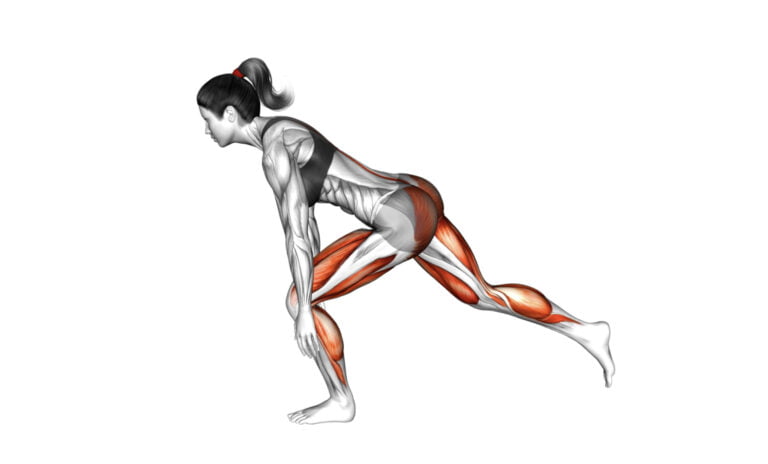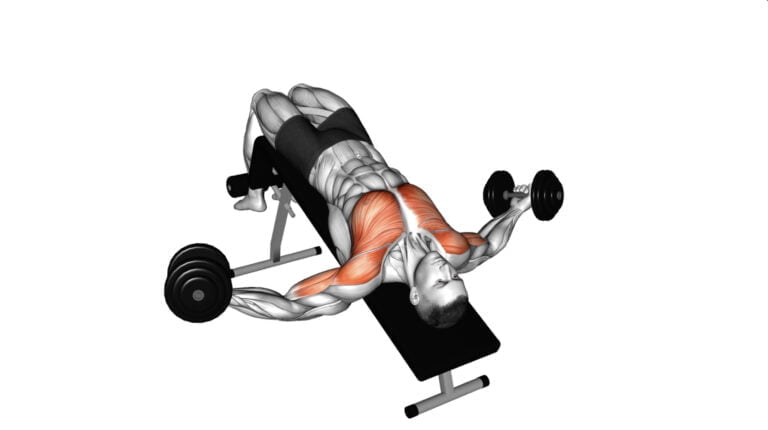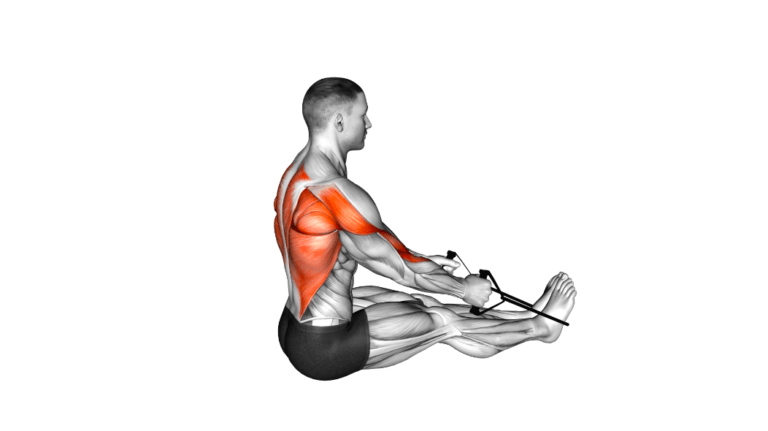Unlocking The Top 7 Dips Exercise Benefits For Your Workout Routine
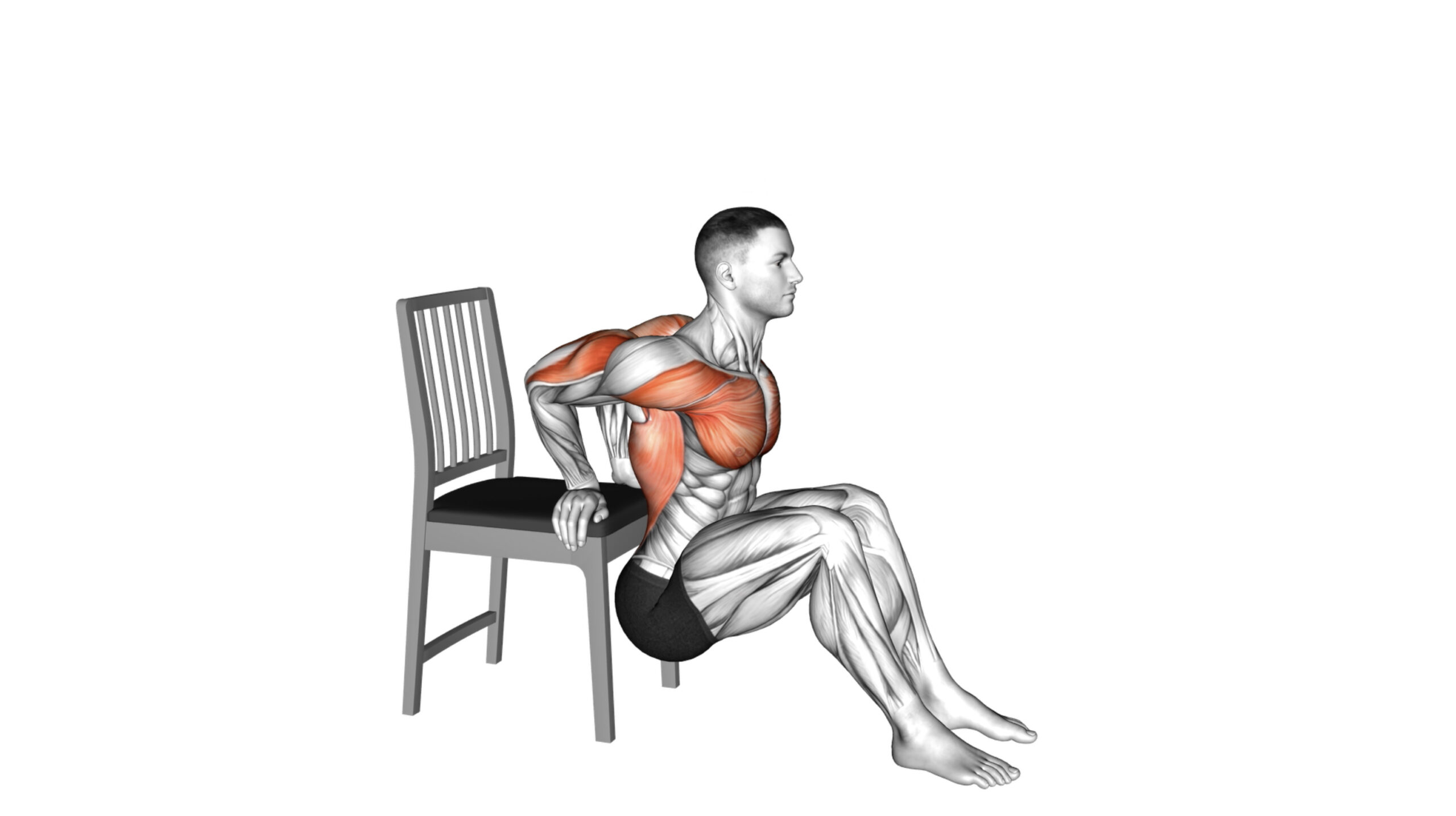
Many people overlook the power of dips in their workout routine, thinking that bigger equipment or more complex exercises are necessary for muscle growth and strength. As a certified personal trainer with years of experience in bodybuilding and fitness coaching, I’ve seen firsthand how incorporating dips can revolutionize your training regimen.
Dips aren’t just an old-school move; they’re a cornerstone exercise that engages multiple muscle groups simultaneously, making them an efficient addition to any fitness plan.
Dips provide significant benefits ranging from strengthening your triceps and chest to improving your core stability and overall upper body muscular endurance. What’s more, you don’t need expensive or bulky equipment to reap these rewards; all it takes is the right technique—which we’ll cover—and some creativity.

This article will dive deep into the top 7 dips exercise benefits, ensuring you understand why this powerful move deserves a spot in your routine. Get ready to learn something new!
Key Takeaways
- Dips are a powerful exercise that works out multiple muscle groups including the triceps, chest, shoulders, and core. They help in building muscle mass and strength efficiently.
- You can perform dips anywhere with minimal equipment like parallel bars, two chairs, or even a table edge. This makes them an excellent choice for those who prefer home workouts or outdoor exercises.
- Incorporating variations of dips such as weighted vest dips or adjusting your grip can challenge your muscles further and promote more growth over time.
- Dips not only improve physical health by aiding in fat loss and increasing strength but also boost mental health through the release of endorphins during the workout.
- Regularly including dips in your workout routine enhances upper body muscular endurance and pressing power which contributes positively to other exercises like squats and bench press.
Benefits of Dips Exercise

Dips exercise benefits include strengthening triceps and building muscle. It also improves core and pressing strength, aiding in fat loss and mental health.
Strengthens Triceps and Builds Muscle
Doing dips regularly puts your triceps brachii muscles under a significant amount of stress. This constant lifting and lowering of your body weight forces the muscle fibers to break down and rebuild stronger than before, leading to increased strength and size in your upper arms.
Your elbows bend and extend fully with each repetition, engaging not only the triceps but also recruiting secondary muscles such as the pectoralis major and anterior deltoids for added benefit.
Incorporating variations like weighted vest dips or using a dip belt can further challenge these muscles, promoting even more growth. As a compound exercise, dips stimulate multiple joints and muscle groups simultaneously, making them highly effective for building muscle mass quickly.
Over time, consistent effort results in visibly toned arms and an overall defined physique.
Improves Core and Pressing Strength
Building on the muscle-enhancing impact of dips, this exercise also significantly boosts core and pressing strength. Engaging in dips forces your body to stabilize using the abdominal muscles, enhancing core strength with each repetition.
This stabilization is crucial for improving performance in other compound exercises like squats and bench press. It’s not just about the upper body; a strong core influences overall fitness and helps maintain proper posture during workouts.
Moreover, dipping movements activate various muscles in the chest, shoulders, and arms, making it an efficient way to develop pressing power. Every time you lower your body during a dip, your pecs stretch out fully, then contract to lift you back up—this motion strengthens both pectorals and deltoid muscles.
Enhanced pressing strength translates into better performance with push-ups, pull-ups, and lifting weights in general. Strengthening these areas can lead to noticeable improvements not only in your workout routine but also in daily physical activities.
Scalable and Versatile Exercise
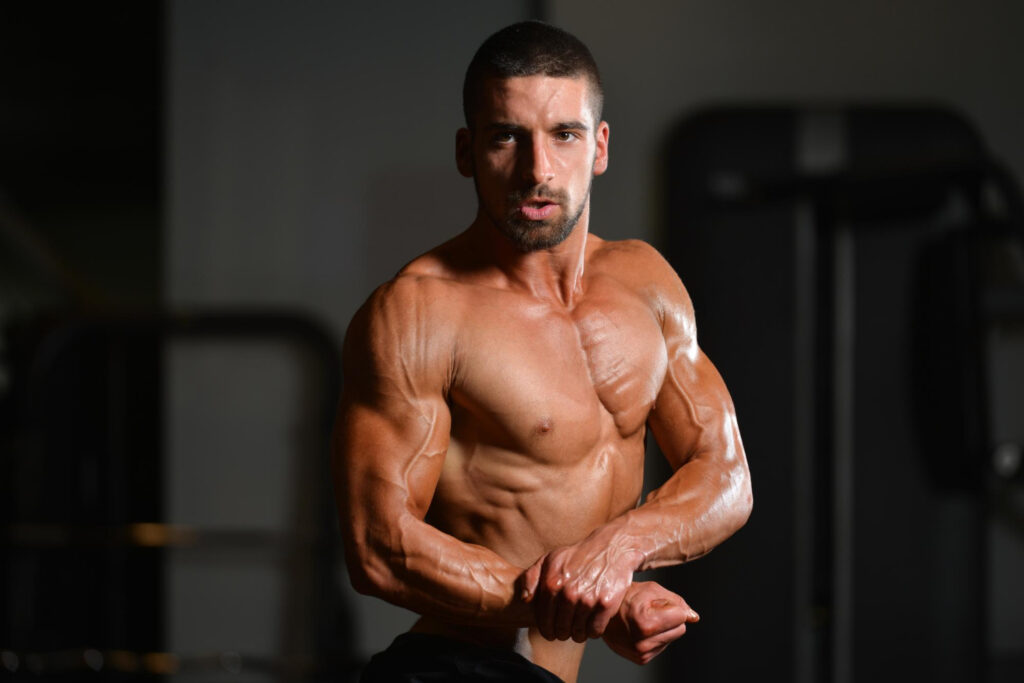
Dips stand out for their adaptability, appealing to both beginners and seasoned gym enthusiasts. Starting with basic triceps dips, individuals can easily adjust the difficulty level by incorporating equipment like dipping belts or adding weight.
This progression allows one’s strength and endurance to evolve seamlessly over time.
Versatility shines as another significant advantage of dips. They target multiple muscle groups including the triceps, shoulders, chest, and even engage the core. By altering your grip width or tilting your body forward or backward, you can shift the focus between these muscles.
This exercise not only enhances upper body strength but also improves stability and posture without requiring access to a full gym setup.
Can Be Done Anywhere
Dips can be performed anywhere, making them an ideal exercise for those who prefer to work out at home or outdoors. All you need is a stable surface at about waist height, such as parallel bars, two chairs, or even the edge of a table.
This portability and versatility allow you to fit dips into your fitness routine no matter where you are, whether it’s in your living room, backyard, or at the park.
Moreover, being able to do dips anywhere eliminates the barriers that come with needing specialized equipment or access to a gym. It empowers individuals to incorporate this effective exercise into their workout regimen without constraints on time and place.
Aids in Fat Loss and Mental Health
Aids in Fat Loss and Mental Health:
Engaging in dips exercise can support fat loss by increasing metabolic rate and promoting calorie burning. The compound movement engages multiple muscle groups, leading to higher energy expenditure and helping with weight management.
Additionally, the endorphins released during physical activity contribute to improved mental health, reducing stress and providing a mood boost. This exercise offers both physical and mental benefits that can enhance overall well-being.
How to Do Dips at Home
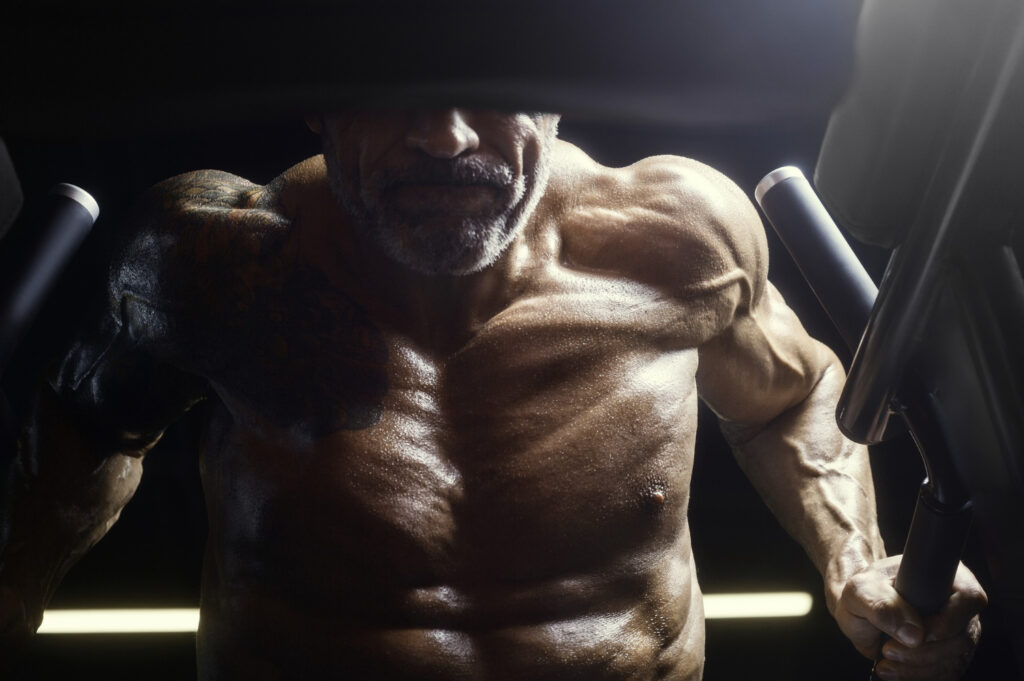
To do dips at home, place your hands on two stable surfaces, such as parallel bars or sturdy chairs. Lower your body by bending your elbows until your upper arms are parallel to the floor, then push back up to the starting position using the strength of your arms and chest muscles.
Proper form and technique
Dips are best performed on parallel bars or dip bars. Stand between the bars and hold onto them with your arms straight. Slowly lower your body until there’s a 90-degree angle at the elbows, then push back up to the starting position using your triceps and chest muscles.
Engage your core throughout the movement, keeping your chest lifted and shoulder blades pulled back to maintain proper form and technique. Ensure that you control both the downward and upward phases of each repetition to maximize effectiveness.
To increase difficulty, add weights through a dipping belt or vest. By adding resistance gradually, you can build strength in a safe manner without compromising form or putting excess strain on joints like the elbow.
Tips for increasing difficulty and adding weight
To further challenge yourself and continue progressing in your dip exercises, consider increasing the difficulty and adding weight. You can do this by using a dipping belt to attach weights around your waist or holding a dumbbell between your feet while performing the exercise.
Additionally, you can elevate your feet on a bench or use parallel bars to increase the range of motion and resistance during dips, thus intensifying the workout for better muscle engagement and growth.
Another way to add difficulty is by slowing down the tempo of each repetition, focusing on controlled movements throughout the exercise. This will engage your muscles more intensely, promoting strength gains.
Top 8 Dips Exercises
Mastering the top 8 dips exercises ensures you effectively target various muscle groups during your workout. These dynamic exercises provide a challenging and comprehensive upper body workout, making them an essential addition to any fitness routine.
1. Dip Bent Knees with Chair
To perform the “Dip Bent Knees with Chair” exercise, place a chair behind you. Sit on the edge of the chair and grip its sides firmly. Walk your feet forward and bend your knees at a 90-degree angle.
Keeping your back straight, slowly lower yourself by bending your elbows until your upper arms are parallel to the ground. Push through your palms to raise yourself back up to starting position.
This variation targets the triceps, chest, and shoulders.
2. Dumbbell Bench Dip
The dumbbell bench dip is a versatile exercise that targets the triceps and chest muscles. To perform, sit on the edge of a flat bench with your hands placed at either side, fingers hanging over the edge.
Then, walk your feet forward so that your butt clears the front of the bench. Lower your body by bending at the elbows until they are at 90 degrees and then push yourself back up to complete one repetition.
This exercise can be adjusted to different fitness levels by adding weight or adjusting foot position.
3. Dip Leg Raise a padded stool Supported
Support your lower body on a padded stool while grasping parallel bars to perform dip leg raises. Engage your core and raise your legs until they are parallel to the ground, then lower them back down with control.
This exercise targets the abdominal muscles, hip flexors, and lower body while also engaging the triceps for an effective upper and lower body workout.
Utilize this exercise for building strength and stability in the core and upper body without putting excessive strain on the shoulders or back. With consistent practice, dip leg raises can enhance overall calisthenics performance by improving grip strength, adduction of the legs, and flexion of the hips.
4. Weighted Tricep Dips
Add resistance to your tricep dips by using a dipping belt or holding a dumbbell between your feet. Ensure your form remains strict and controlled throughout the movement, focusing on engaging the triceps for maximum effectiveness.
Gradually increase the weight as you become stronger, aiming for 3-4 sets of 8-12 reps to promote hypertrophy in the triceps. This exercise targets and strengthens the triceps effectively while also engaging other supporting muscles in the upper body.
5. Weighted Three Bench Dips
To perform weighted three bench dips, sit on the edge of a bench and place your hands alongside your hips. Keep your feet flat on the floor as you slide off the bench, supporting your body weight with your arms.
Lower yourself by bending your elbows to at least a 90-degree angle. Once you’ve lowered yourself as far as is comfortable, press back up to the starting position.
This exercise primarily targets the triceps but also engages the shoulders and chest. To add resistance and increase difficulty, you can hold a dumbbell between your thighs or attach weights to a dipping belt around your waist.
6. Dips between Chairs
To perform dips between chairs, place two sturdy chairs parallel to each other, about shoulder-width apart. Position your hands on the edges of the chairs with your fingers pointing forward and extend your legs out in front of you.
Lower yourself until your upper arms are parallel to the floor, then push back up to the starting position by straightening your arms. Keep your torso upright and avoid letting your shoulders roll forward as you perform the exercise.
Engage your core and maintain control throughout the movement to maximize effectiveness and prevent injury. This exercise targets the triceps, chest, and shoulders while also engaging the core for stability.
7. Lever Triceps Dip
The lever triceps dip targets the triceps, shoulders, and chest. Use parallel bars or a sturdy surface to support your weight as you lower yourself by bending your elbows and then push yourself back up.
This exercise can be challenging but helps build upper body strength and definition in the arms. Incorporating lever triceps dips into your workout routine can provide variety and help you achieve a balanced upper body workout.
Moving on to \”- 8. Triceps Dips Floor\”, let’s explore another effective variation of this exercise for your fitness regimen.
8. Triceps Dips Floor
Performing triceps dips on the floor is an effective bodyweight exercise that targets the triceps muscles. To do this, sit on the floor with your hands placed behind you and fingers pointing towards your feet.
Lift your hips off the ground and bend your elbows to lower your body before straightening them to return to the starting position. This movement effectively works the triceps without requiring any equipment, making it a convenient addition to any home workout routine.
For a greater challenge, consider elevating your feet onto a bench or step while performing triceps dips on the floor. This modification increases resistance and intensifies the workout for enhanced muscle engagement.
Recommended Sets And Reps
When performing dips, start with 3 sets of 6-8 reps if you’re a beginner. As you progress, increase to 3-4 sets of 8-12 reps for muscle endurance and hypertrophy. For strength gains, aim for heavier loads at 2-4 sets of 4-6 reps.
Ensure adequate rest between sets for recovery.
After mastering the proper form and building initial strength, challenge yourself by gradually increasing resistance or trying different variations mentioned earlier. It’s important to listen to your body and adjust the number of sets and reps based on your individual fitness level as you advance in your training program.
Conclusion and Recommendations

Incorporating dips exercise benefits can enhance your workout routine by targeting multiple muscle groups and promoting overall strength. Consider adding these versatile exercises to your regimen for improved triceps, core, and pressing strength, along with the convenience of performing them anywhere.
Importance of incorporating dips into your workout routine
Incorporating dips into your workout routine is important for targeting the triceps, chest, and shoulder muscles. Dips are an effective compound movement that activates multiple muscle groups simultaneously, leading to increased strength and muscle growth.
By performing dips regularly, you can enhance your overall upper body strength and improve your pressing power.
Dips also offer a scalable exercise option allowing you to adjust difficulty levels by adding weight or changing body position. This versatility makes it suitable for individuals at different fitness levels looking to challenge themselves and achieve their fitness goals efficiently.
Recommended equipment for doing dips at home
To perform dips at home, you may need parallel bars, dip stands, or a sturdy and stable surface like two chairs placed shoulder-width apart. Ensure that the equipment can support your body weight and provides enough space to move freely.
It’s important to have a safe and secure setup to prevent any accidents or injuries during your workout routine. A proper set of equipment will help you execute the exercise with stability and confidence.
Moving on to “Other related exercises to try”..
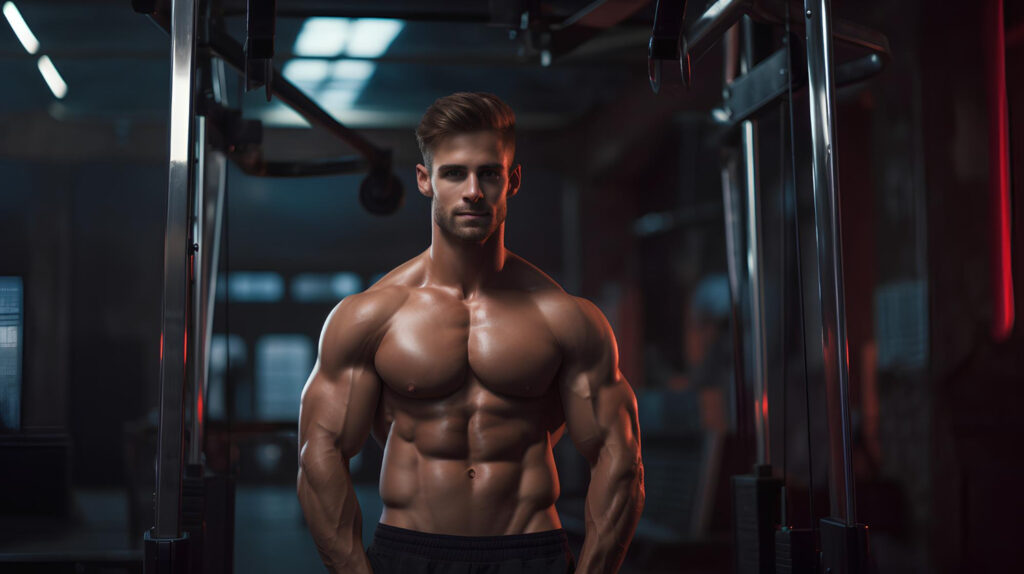
Other related exercises to try
Enhance your upper body workout with related exercises such as chest dips, push-ups, and barbell bench press. These compound movements target the chest, shoulders, and triceps for a comprehensive strength-building routine.
Incorporating chin-ups and pull-ups engages the back muscles, biceps, and lats to promote overall upper body development. Additionally, including these exercises aids in improving body image while enhancing functional strength for everyday activities.
To further challenge your triceps and shoulders, consider incorporating shoulder presses or skull crushers into your routine. These isolation exercises specifically target the deltoids and triceps while promoting joint stability and flexibility.
Final tips and reminders.
Maximize your dips exercise benefits by ensuring proper form and technique. Focus on keeping your body upright, engaging your core, and lowering yourself until your elbows reach a 90-degree angle.
Gradually increase the difficulty by adding weight or adjusting the position of your legs for an intensified workout. Remember to breathe consistently throughout each repetition to optimize muscle engagement.
Prepare for dips exercise by incorporating warm-up activities targeting the triceps, shoulders, and chest muscles. This can include arm circles, shoulder stretches, and light push-ups to activate these muscle groups.
FAQs
1. What muscles do dips exercises work?
Dips exercises strengthen your elbow joint, extensors, levator scapulae, and serratus anterior muscles making them a powerful addition to your workout.
2. How are dips different from push-ups?
While both push-ups and dips target upper body strength, dips require lifting your entire body weight which intensifies the focus on your elbow extensors compared to push-ups.
3. Can I replace pull-ups with dips in my workout routine?
Though both exercises are beneficial, they work different muscle groups; pull-ups focus more on your upper back while dips emphasize the chest and arm muscles.
4. Do I need equipment like barbells for dip exercises?
No equipment like barbells is necessary for performing dip exercises; however, using parallel bars or similar setups helps you effectively execute repetitions and gain maximum benefits.

Author
Years ago, the spark of my life’s passion ignited in my mind the moment I stepped into the local gym for the first time. The inaugural bead of perspiration, the initial endeavor, the very first surge of endorphins, and a sense of pride that washed over me post-workout marked the beginning of my deep-seated interest in strength sports, fitness, and sports nutrition. This very curiosity blossomed rapidly into a profound fascination, propelling me to earn a Master’s degree in Physical Education from the Academy of Physical Education in Krakow, followed by a Sports Manager diploma from the Jagiellonian University. My journey of growth led me to gain more specialized qualifications, such as being a certified personal trainer with a focus on sports dietetics, a lifeguard, and an instructor for wellness and corrective gymnastics. Theoretical knowledge paired seamlessly with practical experience, reinforcing my belief that the transformation of individuals under my guidance was also a reflection of my personal growth. This belief holds true even today. Each day, I strive to push the boundaries and explore new realms. These realms gently elevate me to greater heights. The unique combination of passion for my field and the continuous quest for growth fuels my drive to break new ground.





